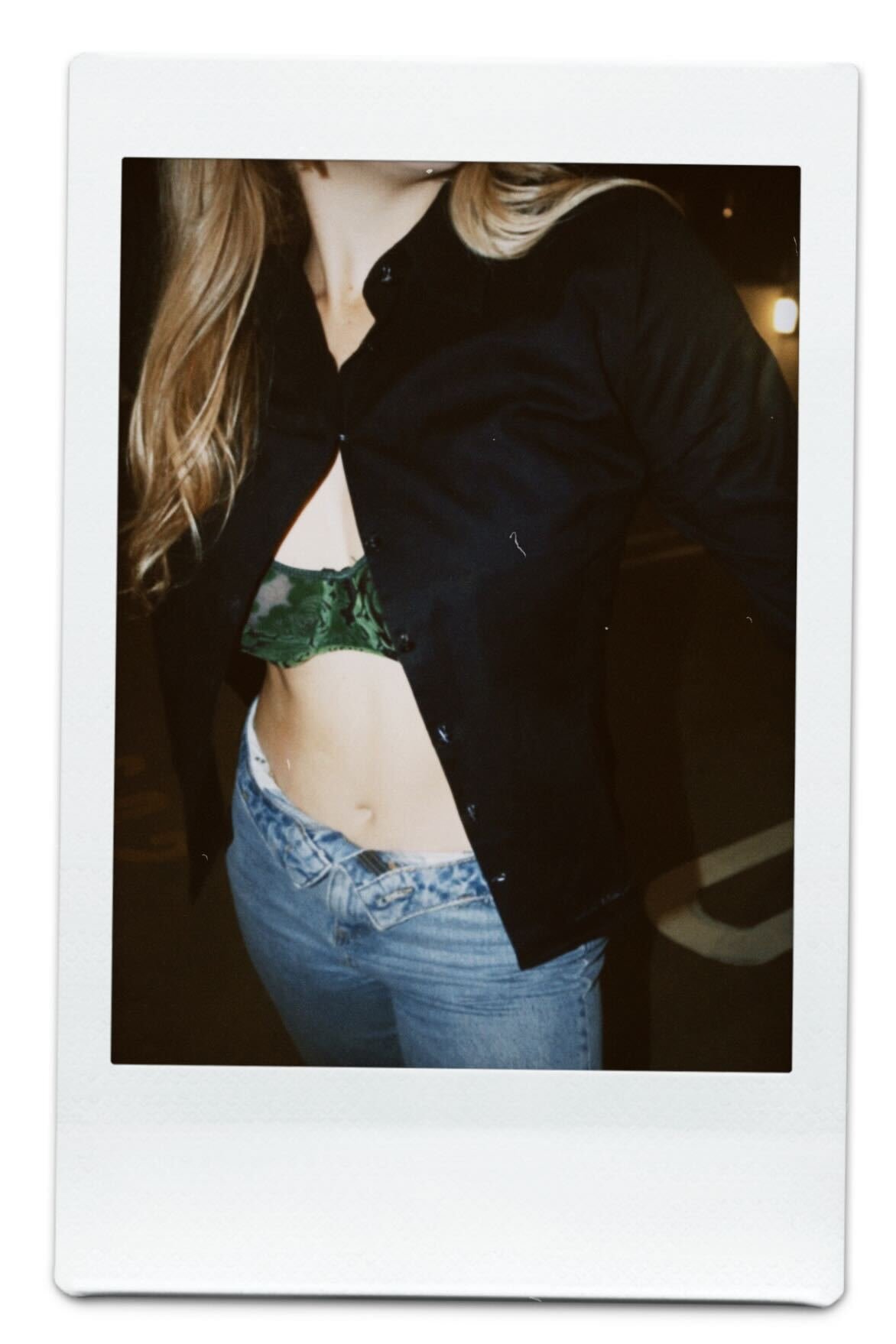Is It a Fit or Is She Just Skinny?
A pinstripe button down shirt, my favorite pair of jeans, and a tight ballerina bun secured to the back of my head should, in theory, make me look like Kendall Jenner herself — but in reality, I look like your average substitute teacher with an affinity for hot pink lipstick. The model off-duty look is something I so wish to obtain as it exudes the casual elegance and effortless appeal in the perfect facade. But these basic pieces stitched together to form such an iconic uniform are truly memorable because of who is wearing them, not the clothes per-se. While it may be the confidence that comes with model behavior, the six foot, long legged, slender body itself gets the approval of pop culture and the fashion industry.
Such a concept was aptly described by influencer Victoria Paris — a tall, white, slim young woman recording raw moments of her daily life for her massive, captivated TikTok audience. In the early days of her platform, Paris went viral for her series “is it a fit or is she skinny?” which critiqued the idolization of her past outfits. She noted that the outfits on screen only appeared stylish because she fits into a conventional beauty standard with her trim model build. Such a standard promotes a narrow, singular type of beauty, that consequentially excludes people of color, the queer community, and other body types. TikTok styles quickly popularizes brands like I.AM.GIA. and wearing a bra as a top: styles that capitalize on minimal coverage in a bold, provocative fashion. In one part of the series, Paris pulls up a photo of her in a long cardigan with one singular button to cover just her chest. Yet, it’s not particularly complex and these “fits” are only glorified on the model prototype. Paris notes that she wore questionable outfits when she was particularly skinny, even commenting “the accessory in this outfit is not a purse, it’s not jewelry, it's simply just my torso.” The whole premise of skinny fashion, still, is built upon inaccessible body standards and attention.
The important conversation sparked by her video series brings to light greater disparities in the industry for mid to plus size women and people of color. While women like Paris receive praise for their bold, eye-catching attire, fat-shaming carries greater weight that dissuades others from dressing similarly. While an unbuttoned cardigan with only a thin string of fabric tying the shirt together looks cute and flirty over an A cup, in my case I simply would expose my entire breasts untastefully. So many trendy pieces and styles made popular by TikTok generally have minimal coverage and are popularized by conventionally beautiful and skinny influencers.
Yet when these outfits are replicated by other creators, they receive criticism for showing too much skin or their curves if not represented on the same body type. It begs the question, though, to what extent does the male gaze control what is seen as attractive. Societal norms pit women against other women when regulating their attire through persistent criticism in online spaces and behind each other's backs. It’s commonplace to come across comments shaming a celebrity for appearing unattractive by showing “flaws” like stretch marks or cellulite in magazines and now on social media platforms. Rather than uplift these women in the spotlight for challenging the norm and being body confident, we are societally engineered to deem something as attractive according to the male gaze. While stylish women on TikTok are trend-setters, men and women alike gatekeep these clothes.
But fashion has never meant to be accessible as it is consciously tailored to specific body types. Small shirts and short skirts oftentimes are impractical for someone with a larger chest and wider hips, like me. Yet it is considered “in” and, therefore, mass produced by fast fashion companies. By pigeonholing fashion into an “off the mannequin” style, what works for skinny people becomes judged when worn by others in a problematic, systemic cycle. In the end, the popularized style becomes a “fit” simply because it is “skinny.”
Words by Kate Inman
Photos by Alina Lam
Modelling by Amanda Luong, Ishita Shah, Maya Haylock, Kate Inman







